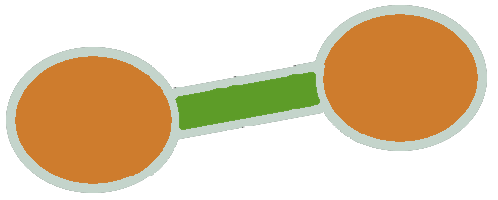Ninatoka
 condition
conditionNeuroinflammation
Neuroinflammation is a physiological response aimed at maintaining the homodynamic balance and providing the body with the fundamental resource of adaptation to endogenous and exogenous stimuli. Although the response is initiated with protective purposes, the effect may be detrimental when not regulated. The physiological control of neuroinflammation is mainly achieved via regulatory mechanisms performed by particular cells of the immune system intimately associated with or within the nervous system and named "non-neuronal cells." In particular, mast cells (within the central nervous system and in the periphery) and microglia (at spinal and supraspinal level) are involved in this control, through a close functional relationship between them and neurons (either centrally, spinal, or peripherally located). Accordingly, neuroinflammation becomes a worsening factor in many disorders whenever the non-neuronal cell supervision is inadequate.
Ref:
Petrosino S, Schiano Moriello A. Palmitoylethanolamide: A Nutritional Approach to Keep Neuroinflammation within Physiological Boundaries-A Systematic Review. Int J Mol Sci. 2020 Dec 15;21(24):9526. doi: 10.3390/ijms21249526. PMID: 33333772; PMCID: PMC7765232.
Join Ninatoka!!
NinatoKa's goal is to support you as a therapist in unravelling the illness pathway from symptoms to cause, and to help you detect potential interventions.
Go to Explore to start your discovery!
Go to Learn to scroll through newly added data.
Go to Contribute to contribute to the Ninatoka database.
You can rate content up or down and add comments if you agree or disagree.



